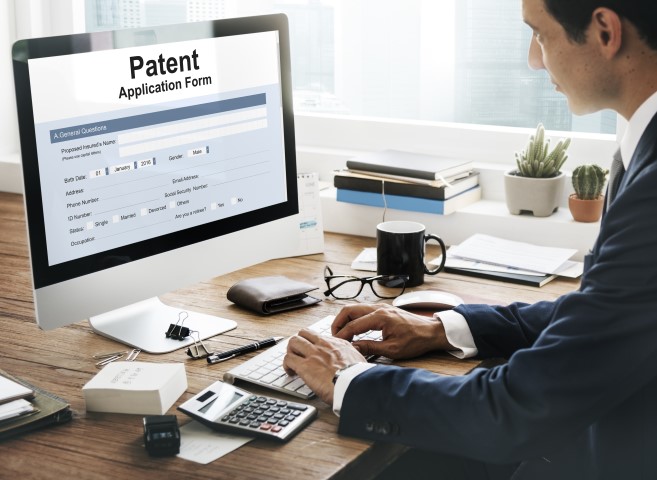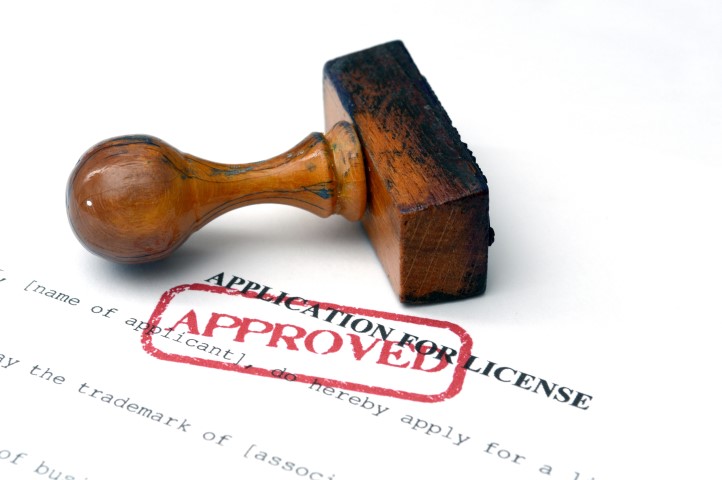
The Basics of a Patent Draft
If you are an inventor or engineer looking to get a patent on a new invention or product, then you will eventually have to submit a patent draft. This is an application that gives a governing body (which in Canada is the Canadian Intellectual Property Office) the detailed specifics about what you have created.
Here’s the thing about patent applications: they are not your average, run-of-the-mill government documents that you can casually write. These applications are far more intricate, nuanced, elaborate, and extensive.
It is very easy to get your application completely wrong or to fail to meet the requirements of the application. This is why many inventors and companies choose to go with a patent drafting company that has experience preparing strong applications.
Before you go through this process with a reliable patent drafting company, it helps to familiarize yourself with the basics of a patent draft. Our team has many years of experience with draft applications, which is why we put together this helpful article. By the end of this, you will have a good idea of what the process entails.
What is a Patent Draft?
As we mentioned before, a patent application is a thorough and clear description of your invention. Successful patent drafts describe an invention wholly and in great detail. The goal is to give the people reviewing the draft a crystal clear idea of what it is you invented.
But that’s not all. If you are filing for a patent, that means that your invention has to have an original and new aspect to it. This is important to highlight because this is truly the driving force behind your draft. The main goal of your patent draft is to show that your invention is original and to help those reviewing it understand what makes your invention original.
Before starting this process, it is essential to do a patent search to discover any relevant prior art and to ensure that what you have created is inventive. Determining the validity of your patent is a crucial step in this process.
The Pitfall of Applying On Your Own
Properly conveying the original trait of an invention proves to be a challenge to those who do not have experience with writing a patent draft.
So preparing a draft becomes an issue for inventors who choose to file an application on their own. Although the new, original and novel aspects of their invention are clear to them, they may not be so clear to others.
We have seen applications that have been rejected because the draftee did not adequately describe their invention. In other words, they were not able to get others to understand the important things like what it is, what it does, why it is useful, and, most importantly, what makes it unique.
Breaking Down a Patent Application
Before getting a filing date for your application from the Canadian Intellectual Property Office, you should first give yourself and your patenting team the time to develop a strong application. It comes as no surprise to us when an inventor who is eager to protect their invention wants to hurriedly submit an application.

This is never the correct course of action to take in the patent draft process. If, for example, you submit an application with a weak description, you will not be able to add to it, or strengthen it, later.
Yes, you’ll want to submit your patent application as soon as possible, but you’ll need to be confident in the strength and overall effectiveness of your application. Every part of the application must be treated with the utmost care and be given concerted attention to detail. Here are the parts of the application that you will have to familiarize yourself with:
The Petition
Simply put, a petition is a formal request for an application. There are 4 things you have to do in your petition:
- You formally ask for a patent
- You must list the applicant and inventor (if there are more than one, you must list all involved parties)
- You must give a title to your patent
- If you have one, you will have to identify your patent agent in the petition
The Abstract
The abstract is a short, to-the-point technical summary of your invention. Think of it like a synopsis or summary for a book.
One important thing to remember is that you must include a statement of how your invention will be used somewhere in your summary.
The Description
The description is one of the two most important aspects of your patent draft. This is the part of the application where you get into the detailed, technical descriptions of your invention.
Here is where you are going to outline what it is and why it is unique. When you are working on the description, you should keep this line from the Government of Canada website in mind: “[Your description] should be clear and detailed enough that someone skilled in your field would be able to make your invention just from reading your description and looking at the drawings.”
The Claims
It is best to think of the claims section of your application as the legal safety net that is there to make sure your patent is protected.
Claims are a part of the process in order to ensure that the general features of your patent are covered and these features cannot be used by others until the patent has expired.
The Drawings
Drawings are very important for the people who assess your patent. It allows them to get a clearer picture of the product and how it can be used.
The drawing has to show ALL of the parts of the invention, which means that the drawing has to be precise and clear. You really want to convey how the invention is crafted rather than any dimensional or proportional specifications.
The Biological Sequencing Listing
If your invention incorporates amino acid or nucleotide sequences, then you will have to note this in your application (this is an important part of global patenting).
The Fees
The last thing you will have to know about the patent draft process is the fees for submitting a patent application.
For fees relating to the patent application process in Canada, you can find a list of fees for various services on the Government of Canada website here.
If you are new to the patent draft process, then we hope this article has shed some light on the topic. There’s obviously a lot more to it, but this will give you a solid foundation to build on. If you are looking for help with your patent application, then you have come to the right place.
Our team has worked with many people to help get their inventions patented. Beyond the application process, we can help you in a number of ways. We’re available to help with patent portfolio management, Intellectual Property Rights Due Diligence, Competitive Intelligence, and much more. Get in touch with our experts today!
Canada:
+1 (647) 835-6854
111 Bayhampton Crescent
USA:
+1 (647) 835-6854
820 Albemarle Street
Wyckoff, New Jersey 07481
Israel:
+972 (54) 536-6923
29/2 Shdema St, Karmiel
2198129





